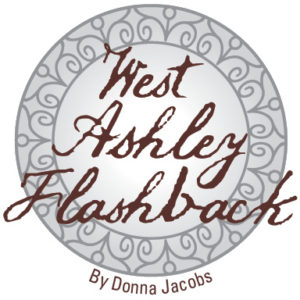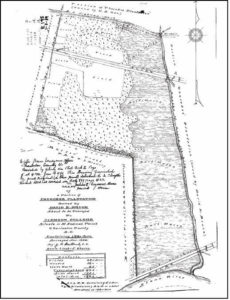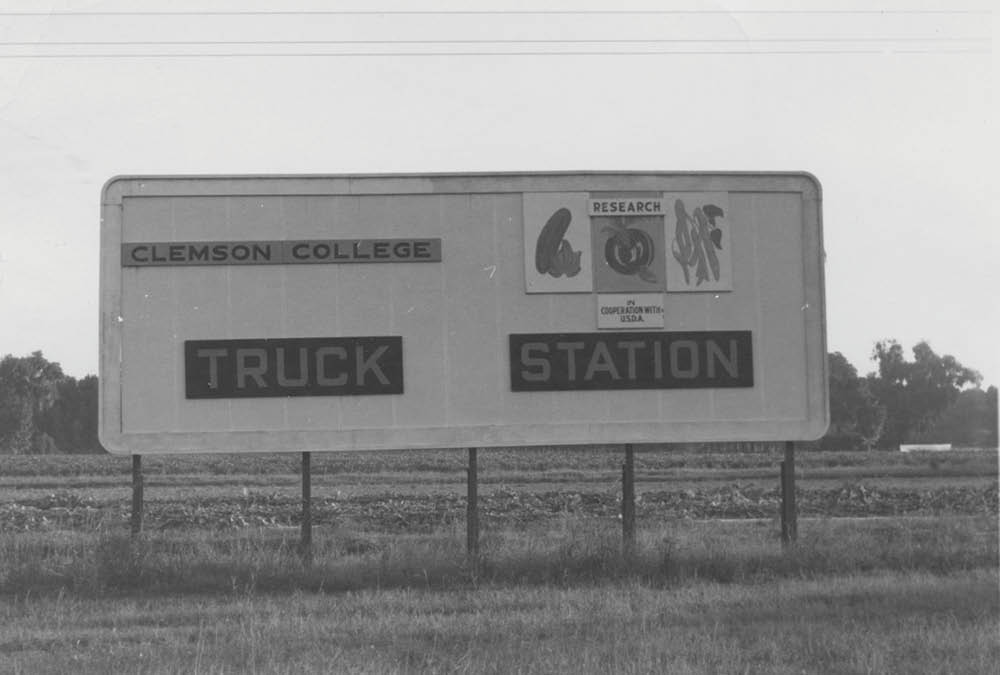How the Clemson Center and U.S. Vegetable Laboratory came to be a part of West Ashley
 From the very beginning, growing crops for food and profit was critical in St. Andrew’s Parish. Joseph West, agent for the Lord Proprietors and the second Proprietary Governor, was given land near Albemarle Point on the west bank of the Ashley River for an experimental farm.
From the very beginning, growing crops for food and profit was critical in St. Andrew’s Parish. Joseph West, agent for the Lord Proprietors and the second Proprietary Governor, was given land near Albemarle Point on the west bank of the Ashley River for an experimental farm.
Agriculture and experimentation with crops was so vital to the Lowcountry that in 1947 Chalmers S. Murray was “engaged to write a comprehensive history of the Agricultural Society of South Carolina” according to an article that appeared in The News & Courier. In addition, Anna Heyward Taylor was commissioned to illustrate the book with scenes representing agriculture in South Carolina.
This Our Land — The Story of the Agricultural Society of South Carolina, a 290-page book was the product of this collaboration and was published in 1949 by the Carolina Art Association.
Murray provides a creatively unique description of the organizational meeting: “If the 24th of August, 1785, was not a hot humid day it was passing strange. Charleston’s climate in late summer is far from invigorating. Nothing usually happens now in August but political fracas, service club luncheons, yacht races, and parties held in cool walled gardens.
 August is considered a poor time to start any movement which requires intense concentration and sustained effort. The men who answered Thomas Heyward’s call that day must have been uncomfortably warm when they took their places in Assembly Hall, dressed as they were in broadcloth coats and knee breeches, stockings, stiff-breasted shirts, and high ruffled stocks. But they had been brought up in a hardy school. Perspiration might dampen their bodies, but not their enthusiasm.” Not only did the Society play a critical role in the truck farming effort, but also sponsored the meetings and encouraged the effort to establish the Charleston County Wholesale Vegetable Market in 1939.
August is considered a poor time to start any movement which requires intense concentration and sustained effort. The men who answered Thomas Heyward’s call that day must have been uncomfortably warm when they took their places in Assembly Hall, dressed as they were in broadcloth coats and knee breeches, stockings, stiff-breasted shirts, and high ruffled stocks. But they had been brought up in a hardy school. Perspiration might dampen their bodies, but not their enthusiasm.” Not only did the Society play a critical role in the truck farming effort, but also sponsored the meetings and encouraged the effort to establish the Charleston County Wholesale Vegetable Market in 1939.
In the Dec. 10, 1931 edition of The News & Courier it was announced that Agricultural Society of South Carolina was establishing an experiment station, known as the South Carolina Truck Experiment Station, with the cooperation of Charleston County, the US Department of Agriculture and Clemson College on land known as Cherokee and formerly farmed by Norman H. Blitch.
“Map of a portion of Cherokee Plantation owned by David K. Bruce about to be conveyed to Clemson College situate in St Andrew’s Parish Charleston County, SC containing 198.0 acres” was surveyed in November of 1938 by J. P. Gaillard and recorded in Plat Book E page 5 on Jan. 3, 1939.
One interesting detail of the plat, is the notation on the north side of SC Highway No. 17 of “Portion of Cherokee Plantation (owned by the U. S. Gov.)” In February of 1940, the real estate transfer ran for the property. The price was $2,500.
The importance of farming was not just a local phenomenon. In 1935 the Bankhead-Jones Act set the stage for the establishment of nine research laboratories. The USDA vegetable breeding laboratory, located south on Highway 17, was the first laboratory built under this act. The Clemson Truck Experimental Station and the USDA vegetable breeding laboratory have been intertwined and conducting research until today.
If you walk south along the West Ashley Greenway (formerly the Atlantic Coastline Railroad) you can observe the large Clemson complex. The USDA has built a new facility on the land it owned across the highway.
Farming or gardening stories? Contact Donna at westashleybook@gmail.com. And “Thank You!” to all of you who emailed with your tidbits about the POW camps.








